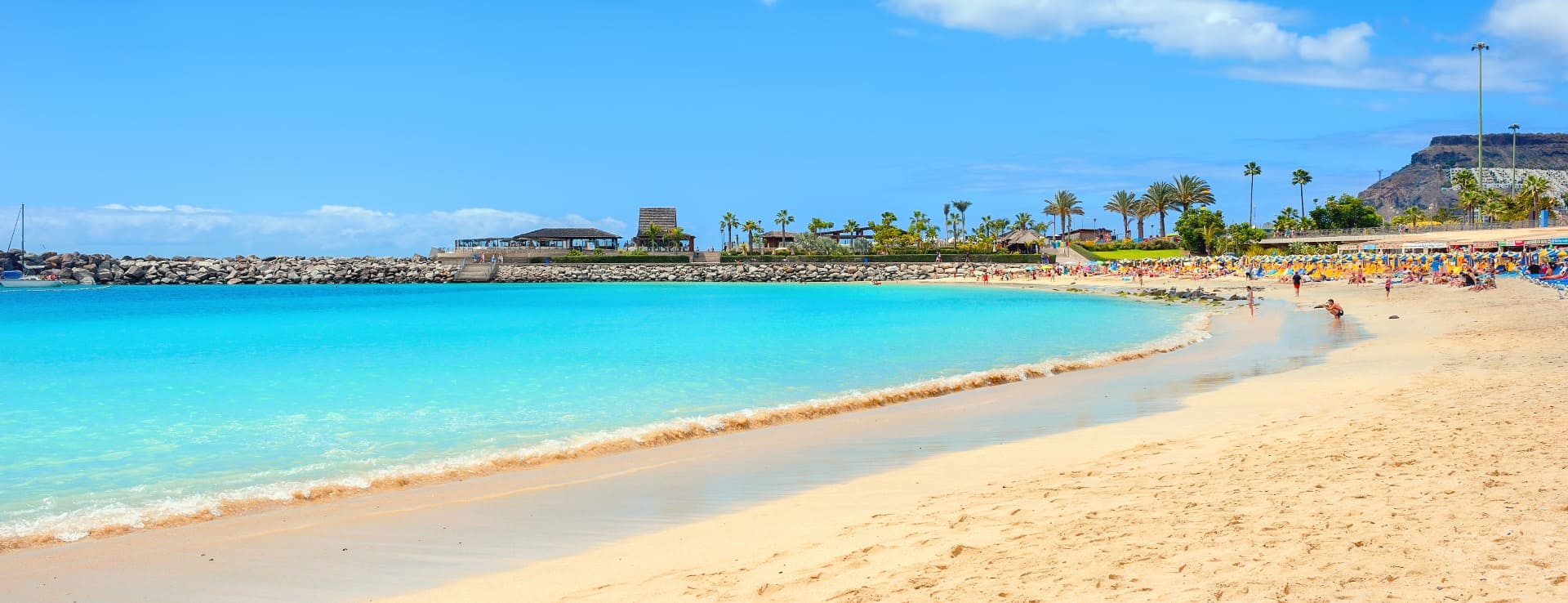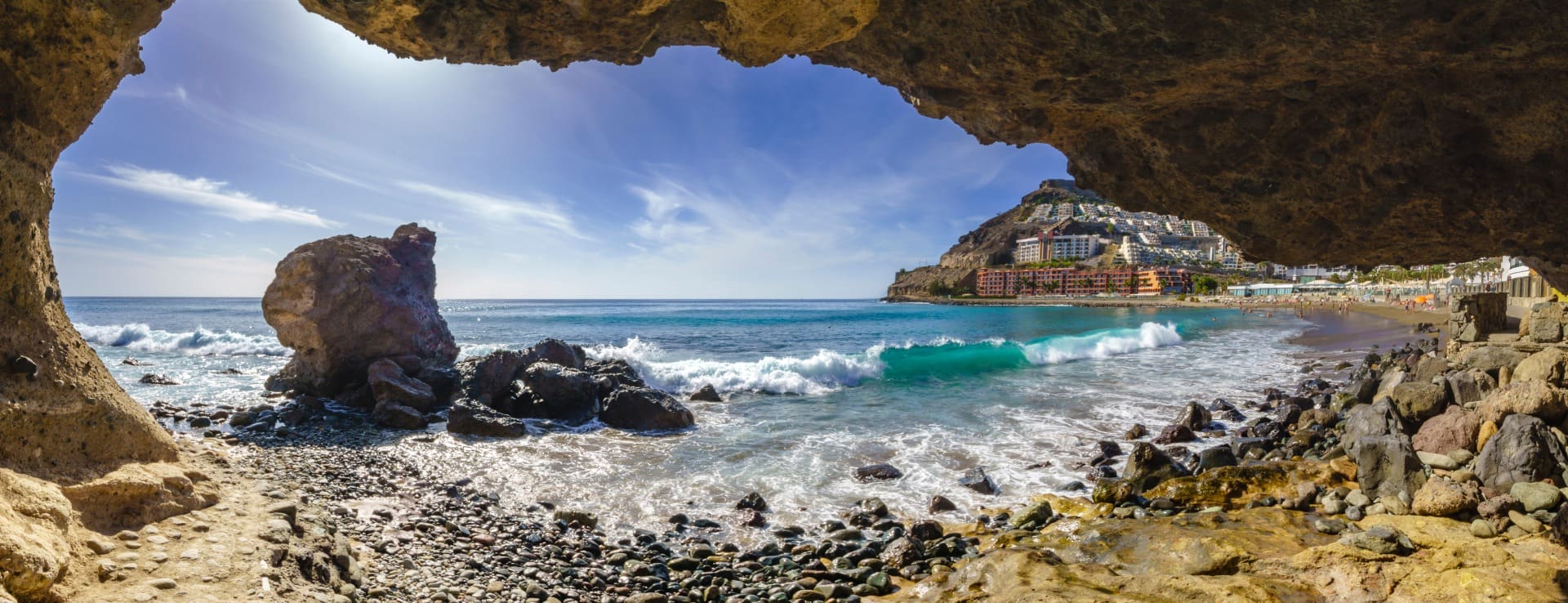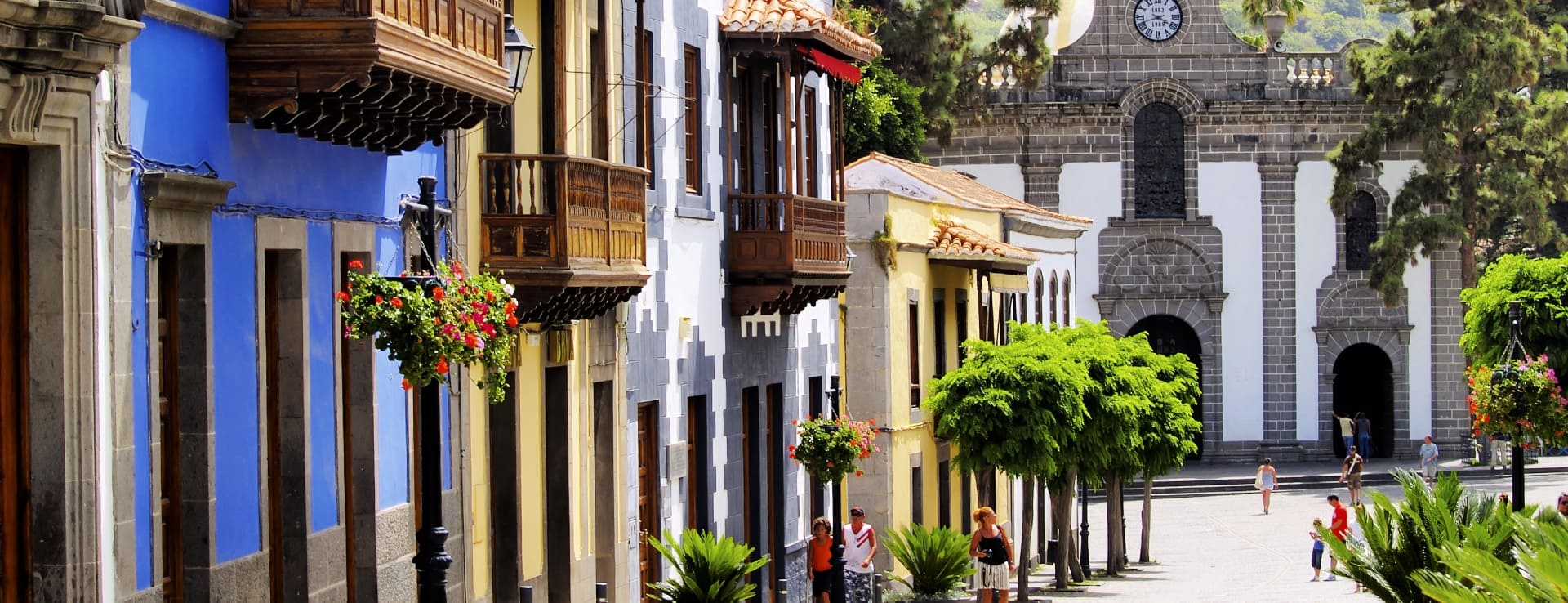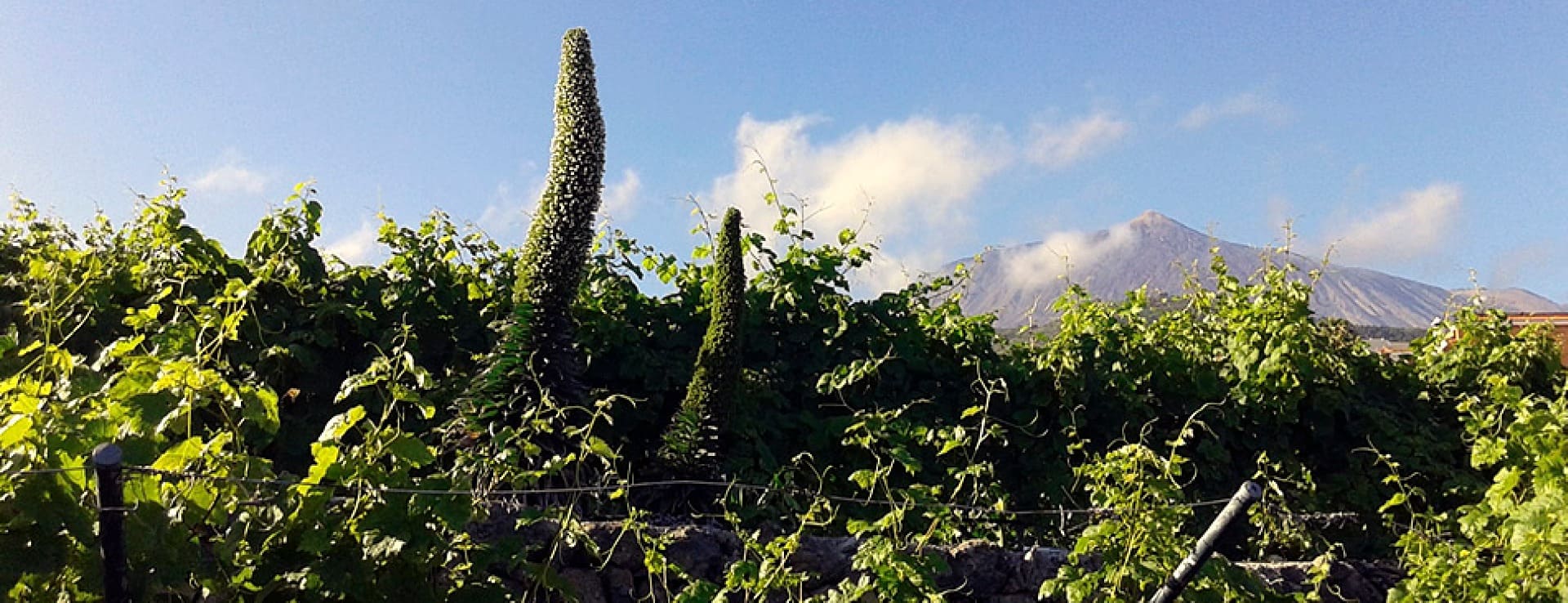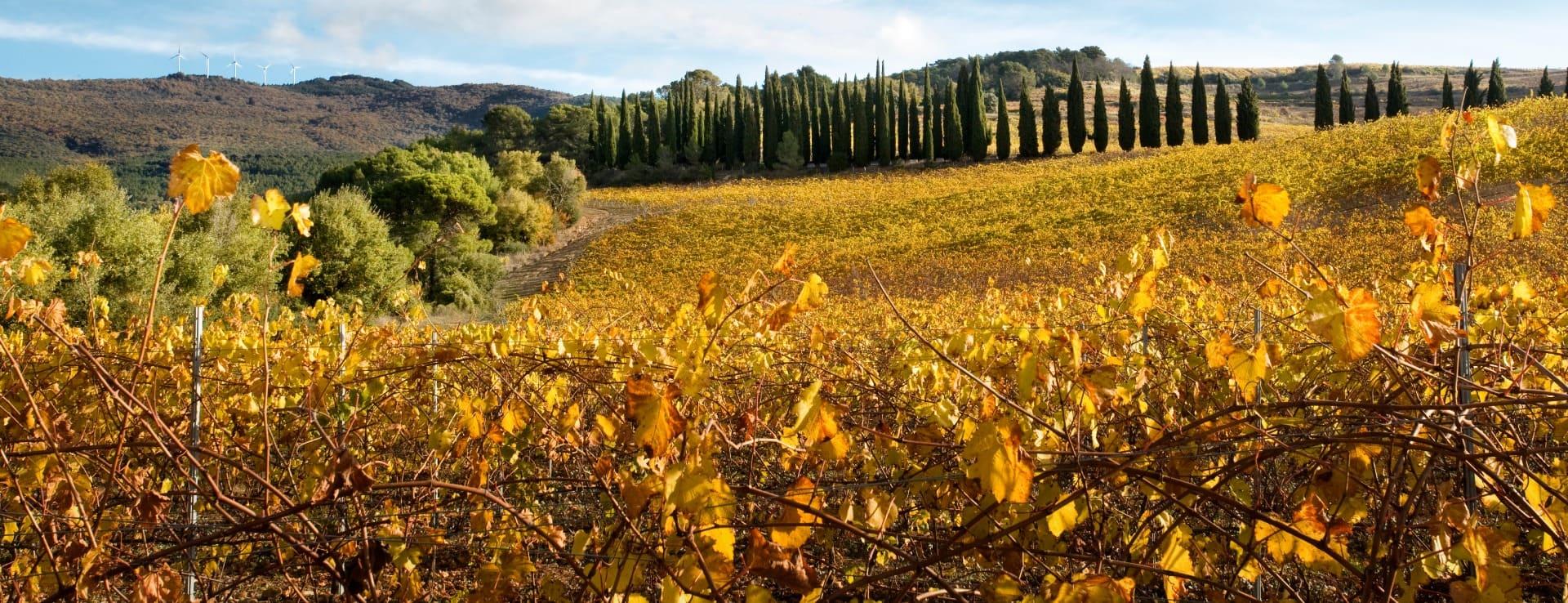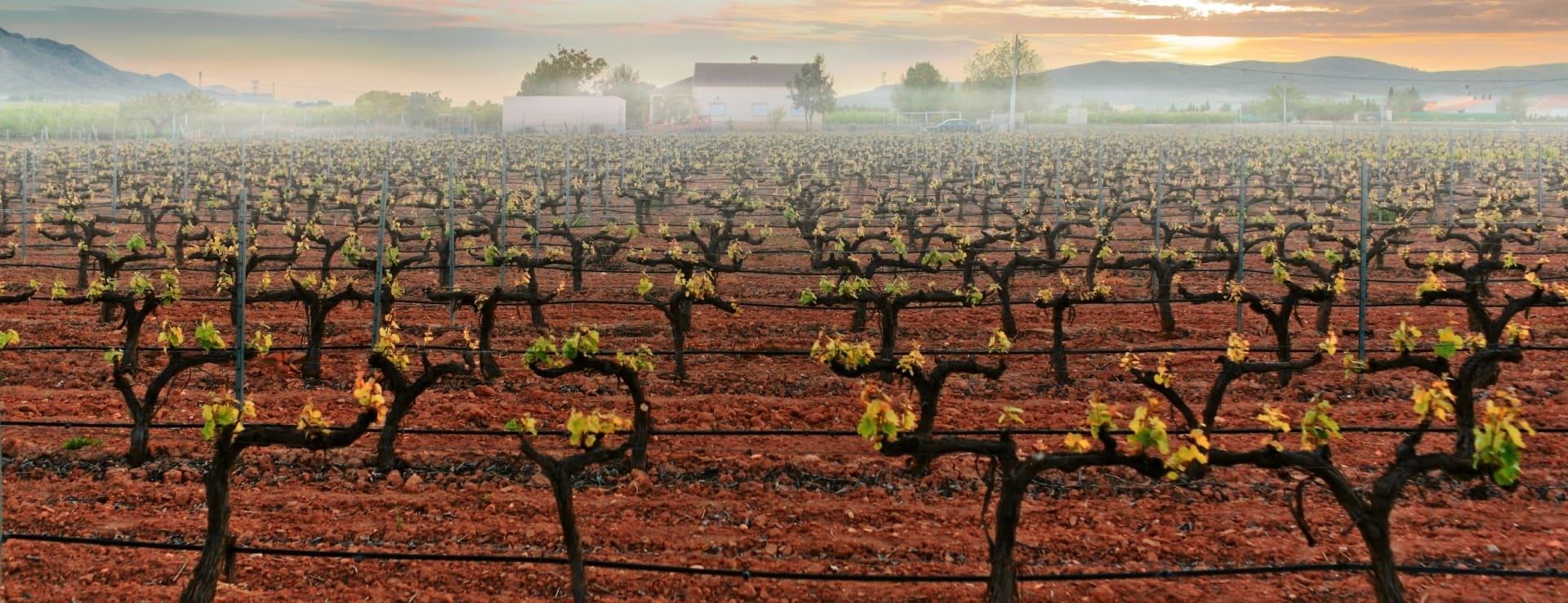Find your winery or vineyard
Infographic of the Denomination of Origin
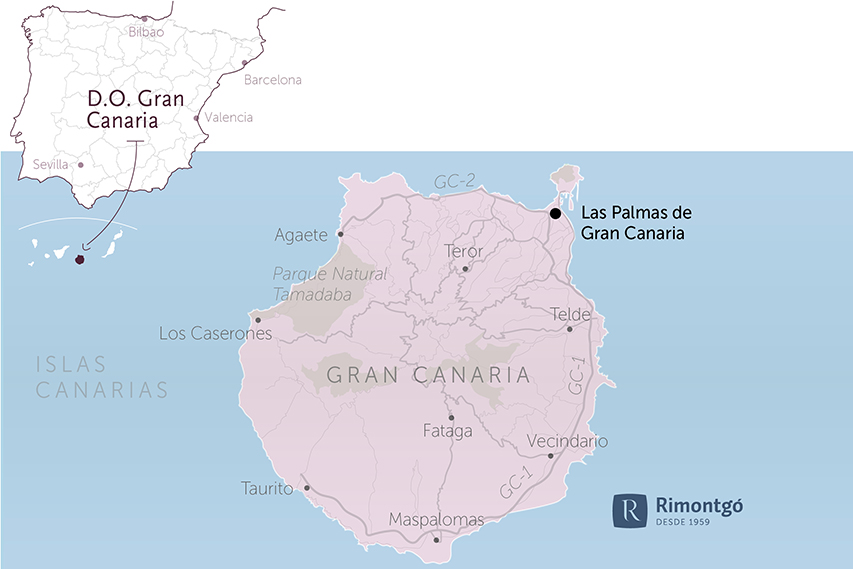
Change to imperial units (ft2, ac, °F)Change to international units (m2, h, °C)
D.O. year of foundation:
2005
Number of wineries (2017):
72
Total surface area:
245 ha605 ac
Maximum production allowed:
11.000 kg/ha9.814 lb/ac
Altitude of the vineyards:
Min: 1.050m
Max: 1.300m
Min: 3.445ft
Max: 4.265ft
Temperature:
Min: 15º
Max: 32º
Min: 59°F
Max: 90°F
Yearly hours of sun:
2.800
Yearly rainfall:
325 l/m230 l/ft2
Las Palmas
Within the Canary Islands, the province of Las Palmas is prominent, made up of the islands of Gran Canaria, Fuerteventura, Lanzarote and La Graciosa. It also includes the uninhabited islands of Alegranza, Montaña Clara, Isla de Lobos, Roque del Este and Roque del Oeste. The capital of the province is Las Palmas de Gran Canaria city, the most populated in the entire autonomy and also capital together with Santa Cruz de Tenerife.
HISTORY OF WINE
Although there are signs of previous vine growing, the Canary Islands were conquered by the Europeans in the 15th century, their wines received a big boost. It didn’t take long for the wineries in the area to get recognized and, in the 16th century, they exported to Jerez, Madeira and England. Their geographical position also made business possible with colonies in different continents. The sweet Malvasía wine known as ¨Canarias¨ or ¨Canary¨ was especially popular.
In the 17th century the decline of Canarian wine began due to protectionist measures adopted by the British and Porto’s strong competition. The tension with England remained evident in an incident in 1666, when a group of people gathered in the port of Garachico to throw English wine into the sea. The situation would get worse with the 19th century plagues. Nevertheless, in recent years, a renewed boost to recovery the winemaking industry was experimented with, which also produces wines with original, unique characteristics in the world.
WINES AND WINERIES
Most of the wineries in the province of Las Palmas fall into the Designation of Origin Gran Canaria, which covers all the island territory and is one of the most important vineyard areas in the archipelago. Volcanic soil, vines adapted to the microclimates and native grapes bestow a unique flavor to the red, white and sweet wines. The most prominent Canary wineries are found in Bodega las Tirajanas, Bodegas los Berrazales, Bodegas Viejo Antón, Bodegas Mondalón and Bodegas la Higuera Mayor.
POINTS OF INTEREST
In Gran Canaria there are some of the most important archipelago beaches, together with Tenerife. They are a huge tourist attraction throughout the year because of the pleasant temperature and high quality of life. The most prominent beaches in Gran Canaria are Maspalomas and Playa del Inglés. Lanzarote has beautiful volcanic landscapes, for example, the Timanfaya National Park; and Fuerteventura preserves its Aboriginal character in places such as the Tindaya mountain. As well as admiring the nature, one can also enjoy different water sports and try there are different water sports to do and island cuisine to try, which has reminiscences of very different cultures.
D.O./Valle (wine regions)
Discover more wineries and vineyards for sale in these wine regions in Spain
Subscribe to our mailing list to receive news about wineries and vineyards.

